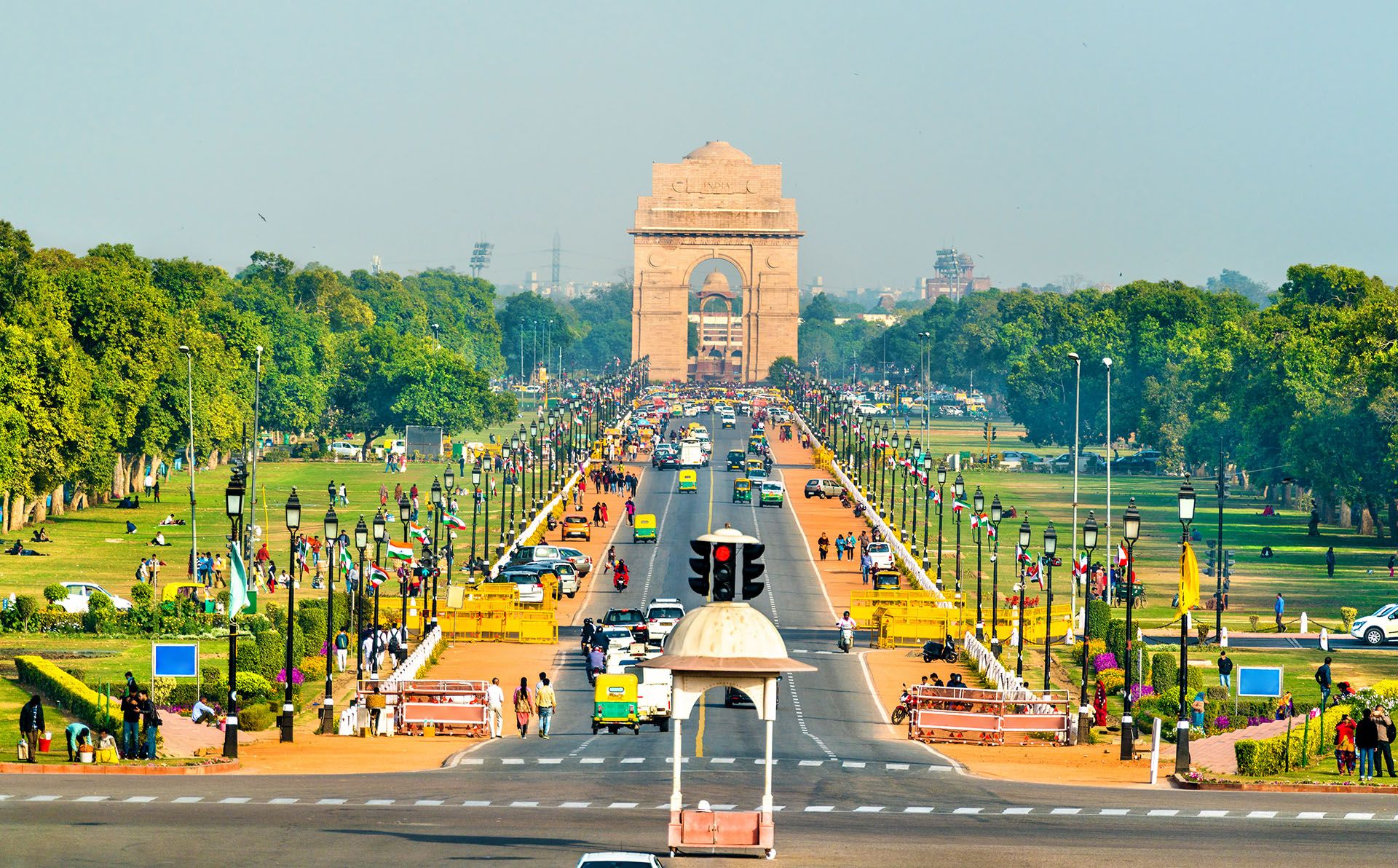
New Delhi, the capital of India, holds a special place in the nation's history. This city's roots can be traced back to ancient times, but it gained prominence in the 20th century when it was declared the official capital of India in 1931. Designed by the renowned British architect Edwin Lutyens, New Delhi was inaugurated as the new capital, replacing Calcutta (now Kolkata). The city's history is deeply intertwined with India's struggle for independence, and its monuments and landmarks reflect this rich past.
Architectural Marvels:
One of the most striking aspects of New Delhi is its awe-inspiring architecture. The city is home to numerous iconic landmarks that stand as testaments to its historical and cultural significance. The India Gate, an imposing war memorial, pays homage to soldiers who sacrificed their lives in various wars. The Lotus Temple, with its remarkable lotus-shaped design, is a Bahá'í House of Worship and an architectural marvel. Humayun's Tomb, a UNESCO World Heritage Site, showcases Mughal architecture at its finest. The Rashtrapati Bhavan, an imposing presidential residence, is another architectural gem that captivates visitors with its grandeur.
